“I am bullish on PBS,” said former department chair Bill Hetrick at the celebration of his time as chair, instantly capturing the zeal with which he committed himself to the department and the work of running it. “We are in a great spot and the future is very bright. We are a community, we really are.” A more avid advocate would be hard to find.
And yet, he recalls, thinking back, following in the footsteps of his two predecessors, Linda Smith and Joe Steinmetz, was daunting. "They had done such a tremendous job and had such respect from their colleagues and the administration,” he observes. “I spent the better part of a year and a half just thinking, ‘What would Linda do?’” With little experience on how to administer a department, he says, “I thought a lot about how I just shouldn’t screw up.”
But the tenor of the office quickly changed with the realization that 2013 marked the 125th anniversary of PBS, a milestone brought to his attention by Professor Ben Motz, then a grad student, lecturer, and director of pedagogy. As Hetrick explains, “That recognition set off a chain of events which allowed us to reflect on the rich tradition of the department. It allowed us to reflect on what we were doing in the department and to amplify that through events and activities. It was sort of a gelling activity for the department and for the chair’s office.”



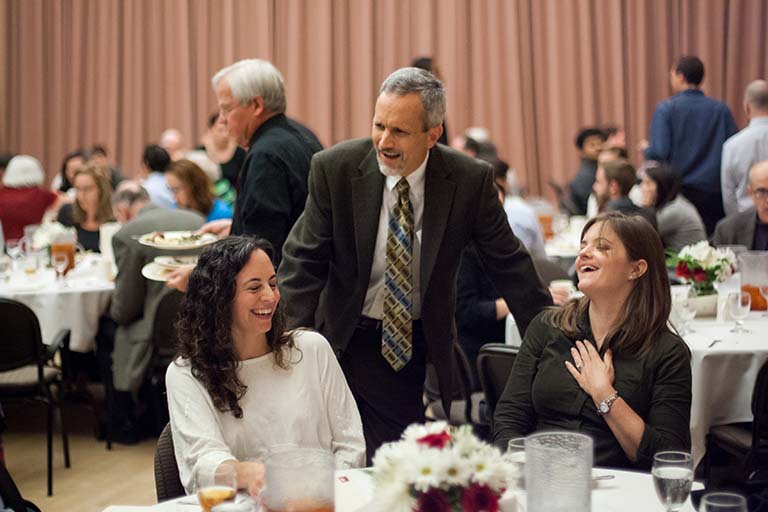
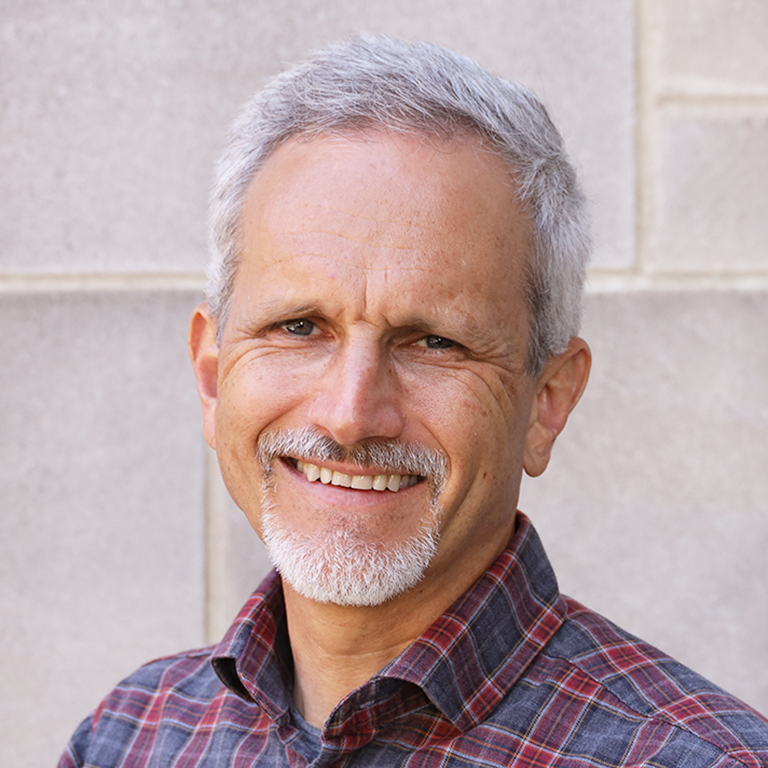
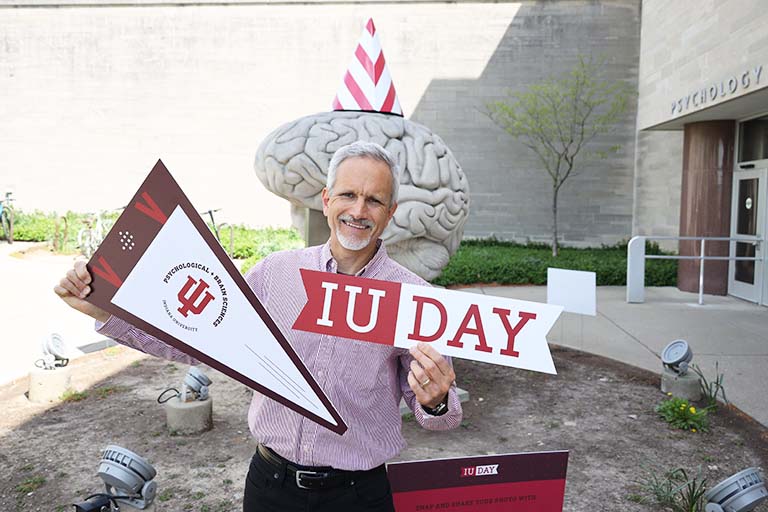
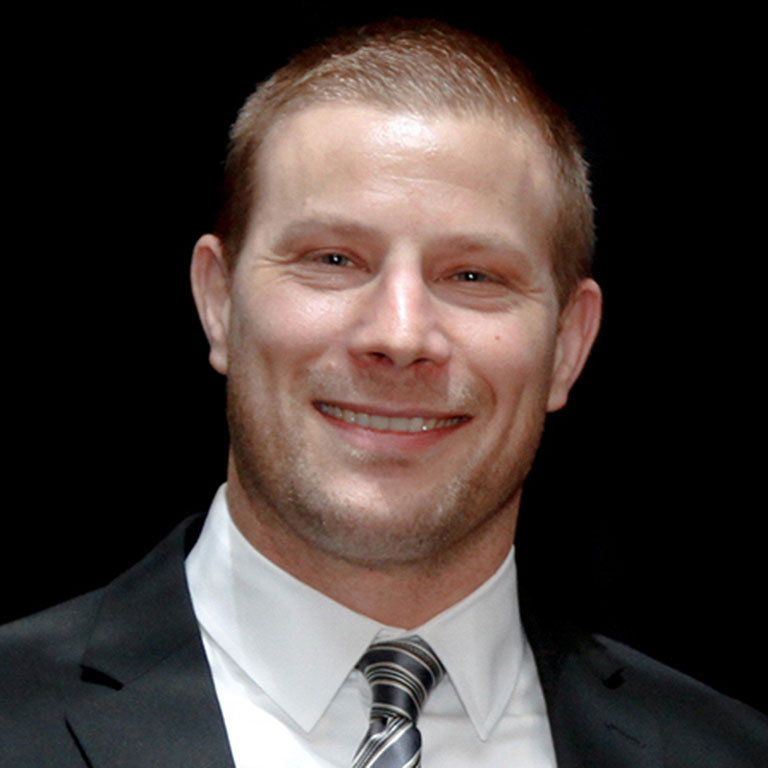
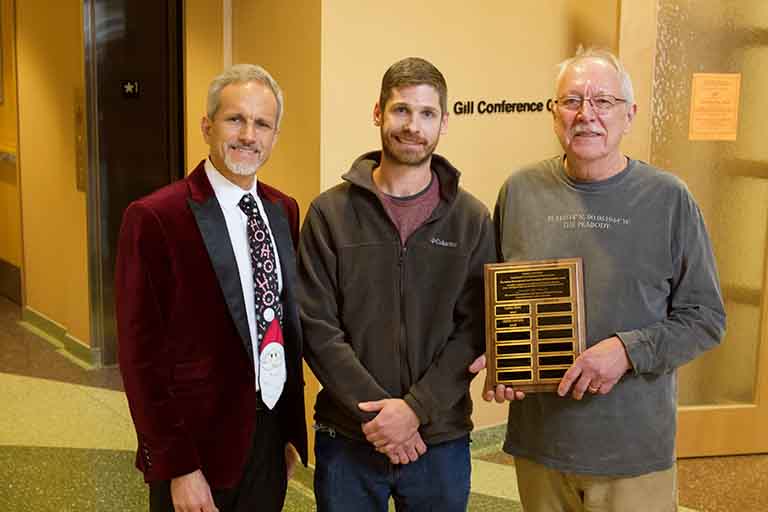
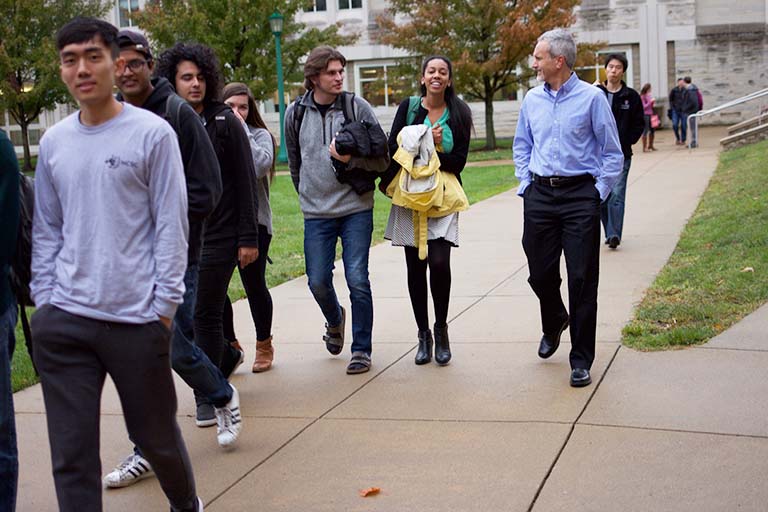
 The College of Arts
The College of Arts